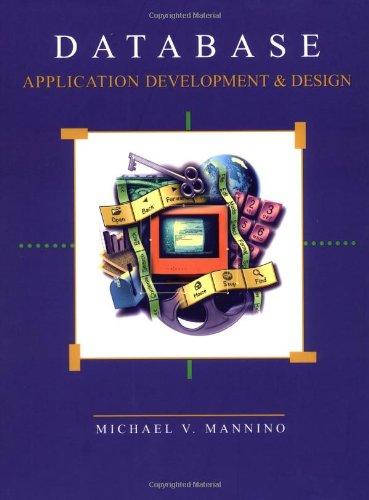Question
How does TDMA increase the network capacity over what FDMA can provide? a) It allows each frequency channel to service multiple users by dividing the
How does TDMA increase the network capacity over what FDMA can provide?
| a) It allows each frequency channel to service multiple users by dividing the channel into smaller frequencies. |
| b) It allows each frequency channel to service multiple users by separating them in time. |
| c) It allows for interoperability of different standards. |
| d) It allows some users to text rather than call, thereby increasing the number that can use the network simultaneously.
Which of the following statements about CDMA is FALSE?
|
Step by Step Solution
There are 3 Steps involved in it
Step: 1

Get Instant Access to Expert-Tailored Solutions
See step-by-step solutions with expert insights and AI powered tools for academic success
Step: 2

Step: 3

Ace Your Homework with AI
Get the answers you need in no time with our AI-driven, step-by-step assistance
Get Started


